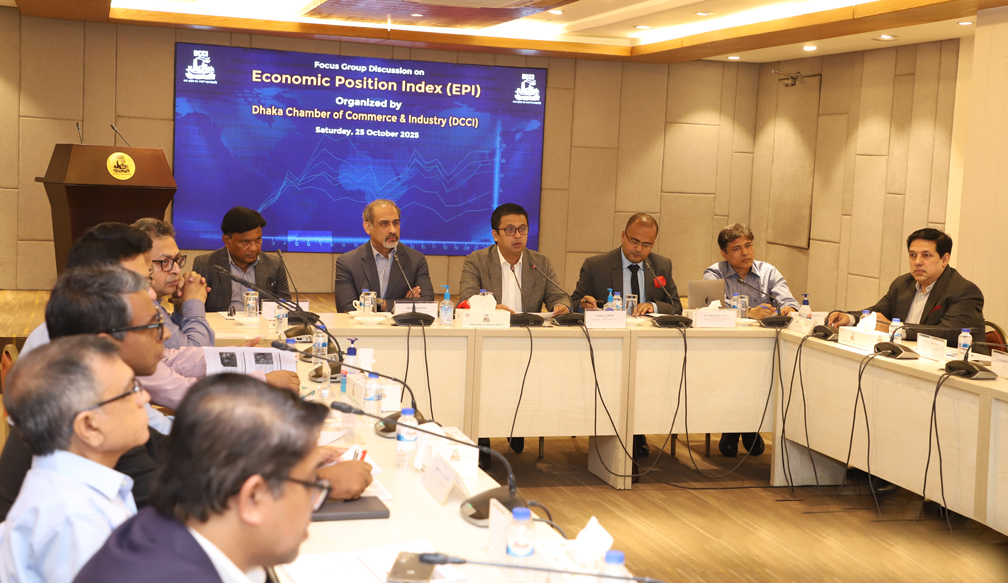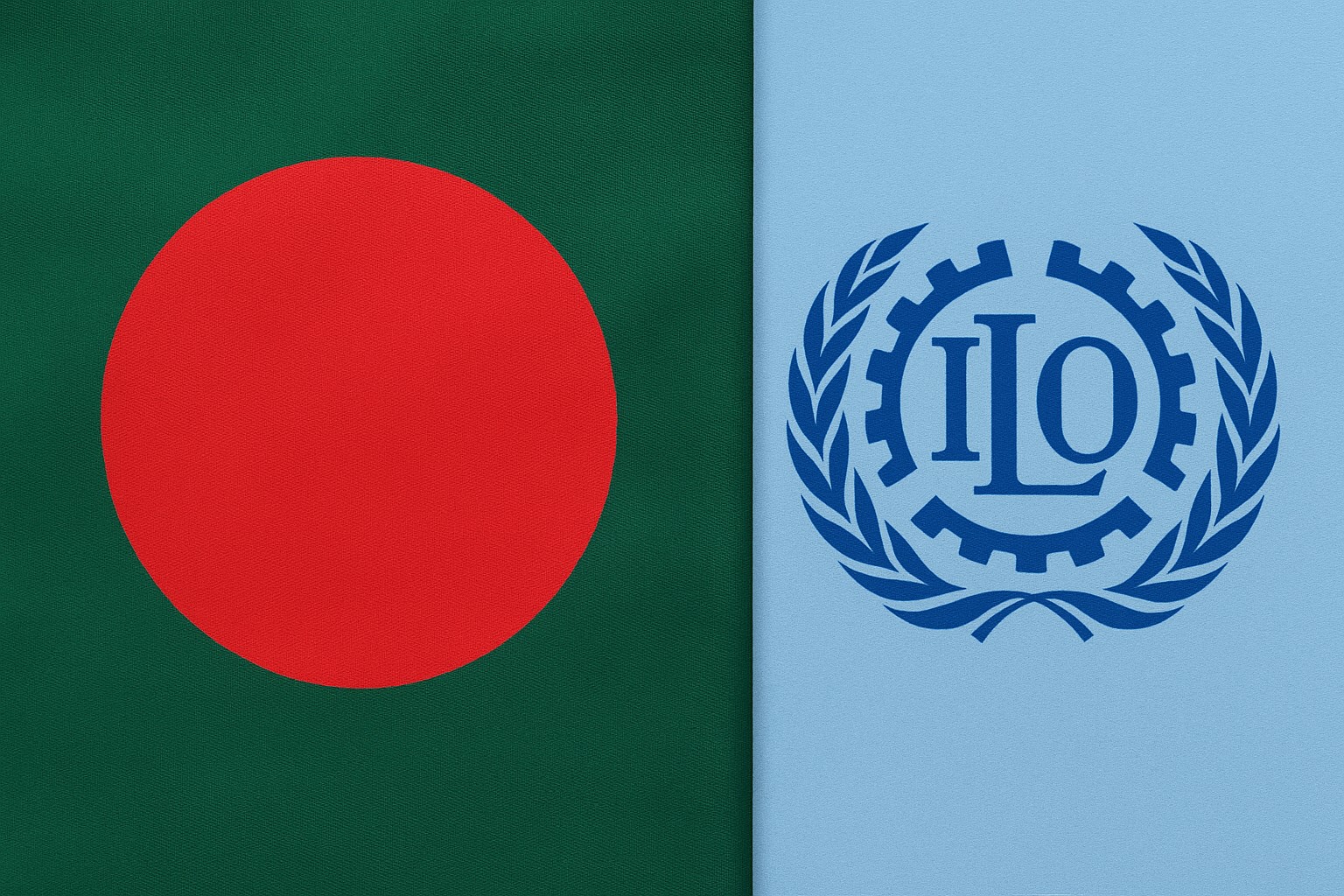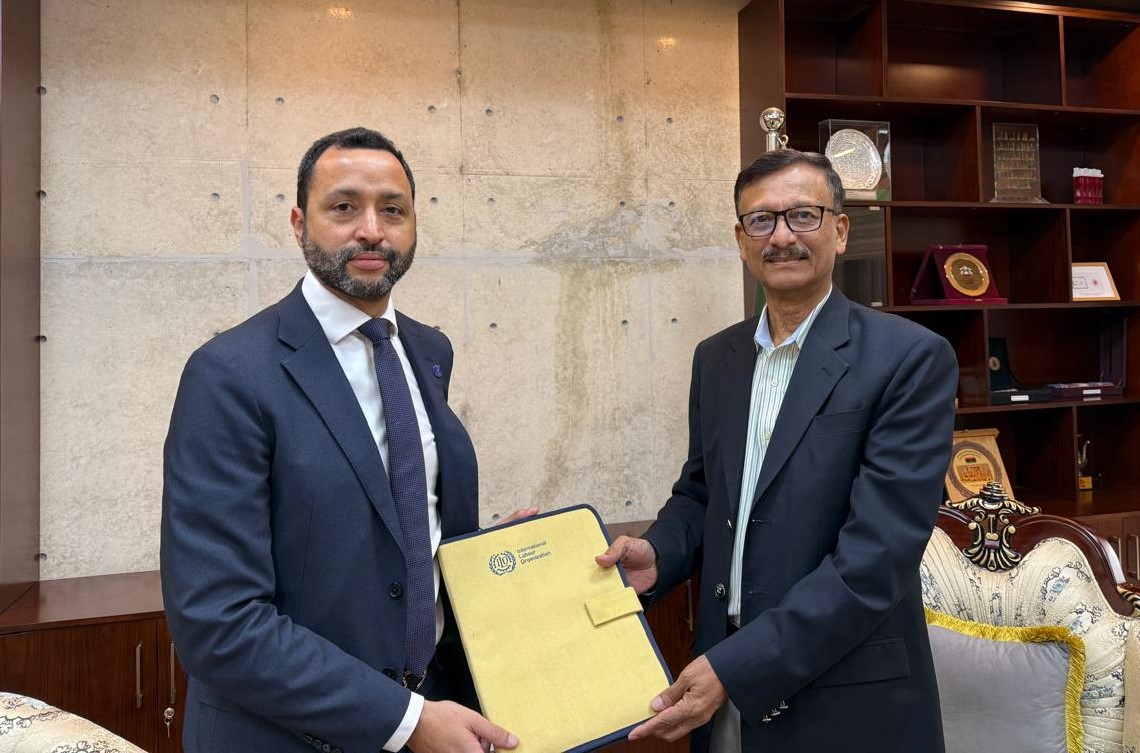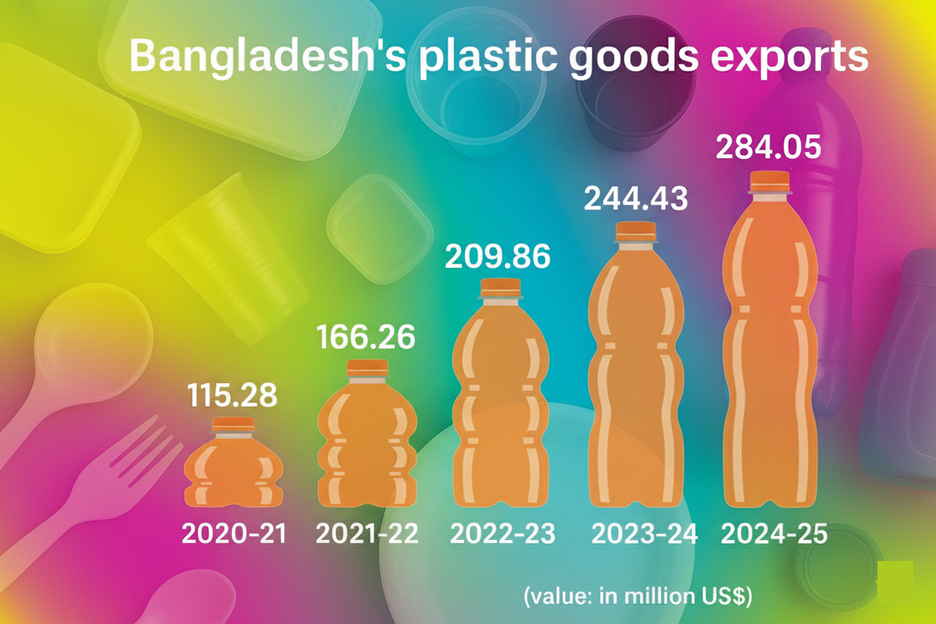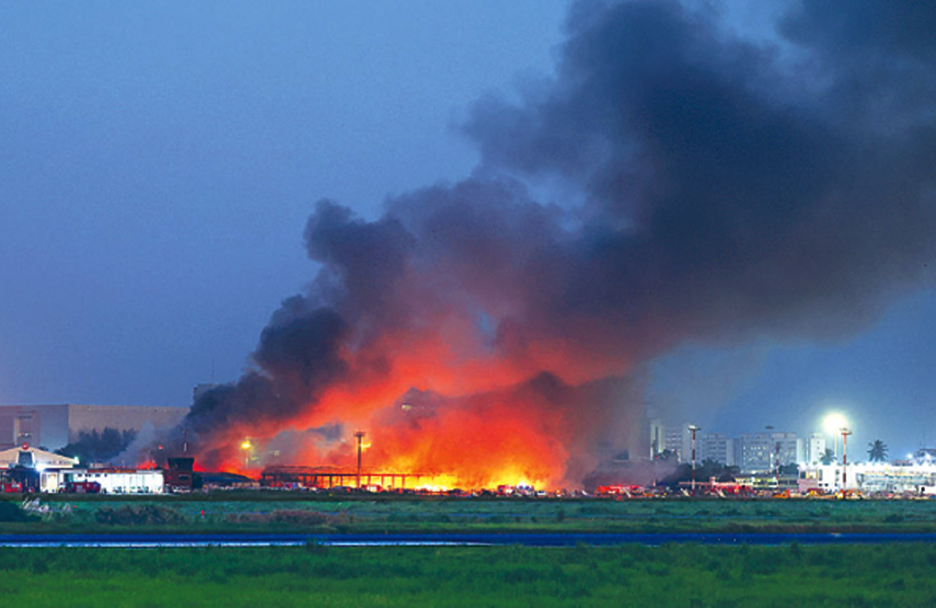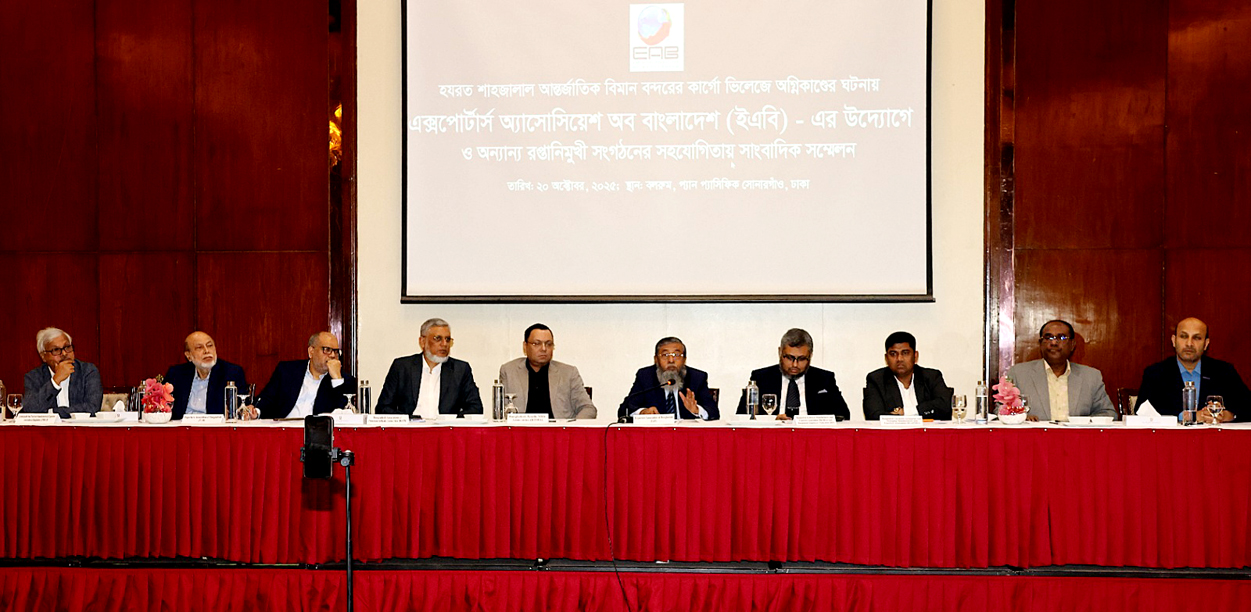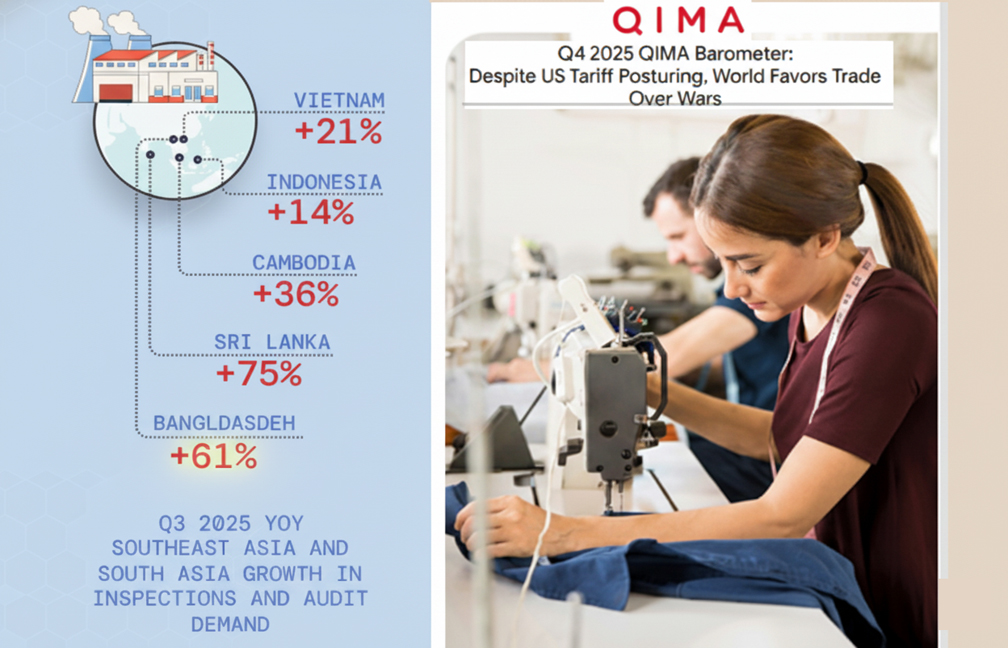Bangladesh’s economy experienced a marked slowdown in the financial year 2024–25, with GDP growth estimated to have fallen to 3.3 per cent, the World Bank said in its Global Economic Prospects report released on June 10.
The decline was attributed primarily to political instability in 2024, which heightened uncertainty, drove up input costs and curbed private investment.
World Bank also pointed to a fall in industrial output due to reduced imports of capital goods, warning that the sharp deceleration signals deeper structural challenges to sustaining economic momentum.
The World Bank observed in its latest report that although inflation had fallen within or below central bank targets in most South Asian economies, Bangladesh continued to experience persistently high inflation, despite several rounds of interest rate hikes over the past year.
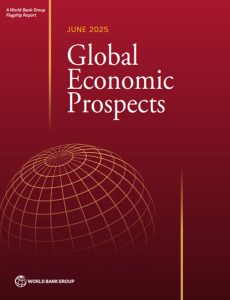
The report mentioned that rising interest rates had led to a slowdown in private sector credit growth in Bangladesh.
In contrast, it stated that countries such as Pakistan and Sri Lanka had witnessed increased credit activity, supported by lower policy rates and a recovery in domestic demand.
According to the World Bank, capital spending in Bangladesh was projected to decline; however, this was expected to be partially offset by higher current expenditures, including subsidies.
Meanwhile, public investment was forecast to increase in Bhutan and Nepal.
Looking ahead, the World Bank forecast a moderate economic rebound for Bangladesh, projecting growth to rise to 4.9 per cent in FY2025–26 and 5.7 per cent in FY2026–27.
The recovery, it said, would likely be driven by greater political stability, renewed investor confidence and continued structural reforms aimed at improving the business environment and boosting employment.
The report indicated that private consumption was expected to strengthen, supported by easing inflation and resilient remittance inflows.
However, it cautioned that export growth might remain subdued due to weaker demand from major trading partners and heightened global trade barriers.
Despite the projected recovery, the World Bank warned that per capita income growth in Bangladesh—along with Pakistan and Sri Lanka—was likely to remain below the average levels recorded before the COVID-19 pandemic.
This, it said, implied a slower pace of poverty reduction and persistent food insecurity in parts of the region.



